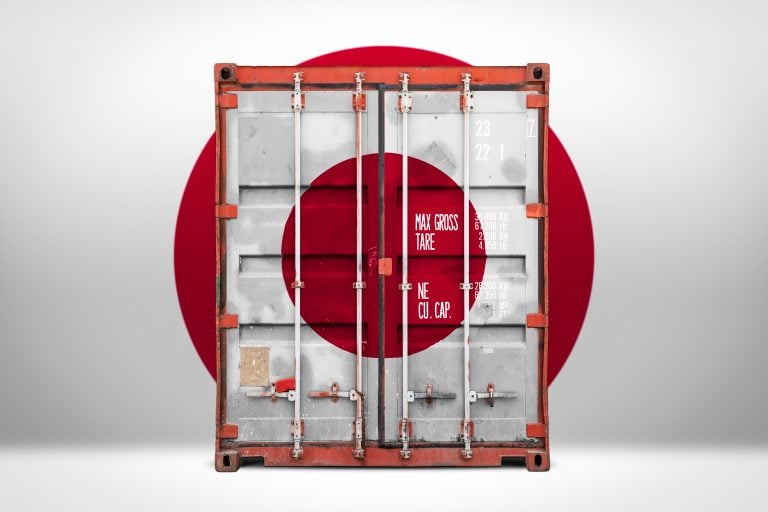Has gas production in Australia entered its twilight phase with the rate of decline outpacing the addition of new (if any) production?
Energy consultancy EnergyQuest certainly seems to think so, noting in its December report that this year (or maybe even 2022) would be the last that we post a new production record.
After all, national petroleum production in Q3 2023 was down 2.4% to 268 million barrels of oil equivalent quarter on quarter, similar to the decline observed in Q2 2023.
More specifically, the slump of domestic gas production on the east sent Australia’s gas production down 2.9% qoq to 40 petajoules.
The reasons for this decline are legion. Well, actually, they are not, but they are certainly challenging to say the least.
For starters, policy and politics have had a major impact with the lawsuits impacting on Santos’ Barossa project and Woodside’s Scarborough project.
This in turn increases project costs, timing and risks, leading capital providers to seek even higher returns to offset the uncertainty, which further restricts company options.
EnergyQuest adds that the resulting drop in exploration investments means not enough gas is coming into the system to cover the decline of existing fields, something that has been weighing on gas consumers across Australia for some time now.
Governmental policy has not been any help for gas production
It certainly doesn’t help gas producers and consumers that for a long time, the Albanese government’s answer has been to push for more renewables though Energy Minister Chris Bowen has flagged recently that remaining non-renewable power generation will be more focused on gas.
Voicing support for gas as a transition fuel is one thing; the actual details of how this support will eventuate are somewhat lacking.
Will the government actually provide active support for new gas production projects by backing infrastructure or providing tax breaks? The sector will certainly like to hope so.
Could say support be more a case of not dumping additional hurdles in front of projects seeking approval? It is certainly possible.
Got Gas thinks it’s more likely that it will be a small bit from Column A and a larger share of Column B.
Any active support will likely be light on the substance and serve more to enable exploration rather than development.
The law of unintended consequences
Australia’s declining gas production has had an unintended victim, our own helium production.
Santos’ decision to shut down its Darwin LNG plant following the depletion of its Bayu-Undan has also forced BOC to cease helium production from its plant – the only one of its kind in the southern hemisphere – due to the lack of feedstock (from Bayu-Undan).
According to the ABC, the plant produced about 3% of the world’s helium – more than enough to supply Australia’s requirements for the valuable gas, which is used in semiconductor manufacturing, nuclear energy production, solar panels, optic fibre and the cooling of superconducting magnets in MRI scanning machines.
Even if Santos manages to bring Barossa into production, it won’t be able to provide feedstock for the BOC plant as it simply does not have enough helium to make a restart viable.
There are several other options that could provide the helium-rich gas that could potentially enable a restart to happen, but there is still some time away.
In the meantime, BOC is forced to import helium to meet our needs.
Besides increasing the cost of the gas thanks to the added cost of transportation, losing our local source of helium also opens us up to supply risks, unlikely as it might sound.
This is especially critical for its medical applications so it really behoves us to look for new sources of supply.
The post GOT GAS: We have just crossed peak gas production in Australia, what next? appeared first on Stockhead.





















+ There are no comments
Add yours